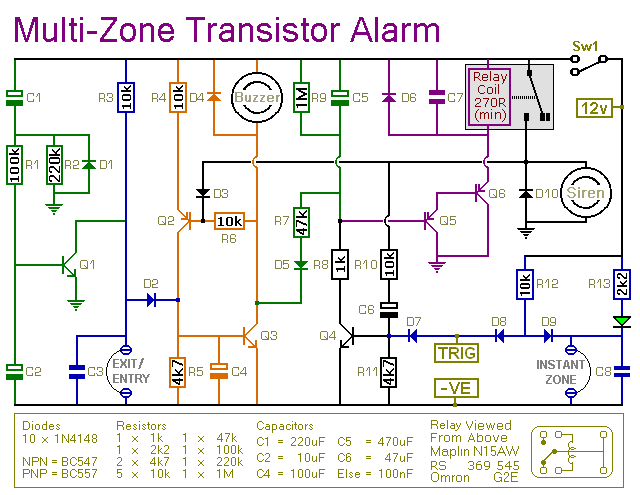
bluetooth based smart home

This project is designed to automate home appliances through a Bluetooth-enabled PC. A USB Bluetooth adapter is utilized on the PC side, while a serial Bluetooth converter is implemented on the microcontroller side. The SparkFun Bluetooth module is used in this setup, although any serial Bluetooth module compatible with the SPP profile can be employed. The Atmega8 microcontroller serves as the core of this project. The PC application software is developed using Visual Basic, and the microcontroller programming is executed using Bascom Basic. The project includes several features.
This project focuses on creating an efficient home automation system that leverages Bluetooth technology for wireless control of household appliances. The integration begins with the PC, which is equipped with a USB Bluetooth adapter. This adapter facilitates the communication between the PC and the Bluetooth module connected to the microcontroller. The serial Bluetooth converter acts as a bridge, converting the Bluetooth signals into serial data that the Atmega8 microcontroller can process.
The Atmega8 microcontroller is a versatile and cost-effective solution for handling multiple input and output operations. It is programmed using Bascom Basic, a language that simplifies the development process for microcontroller applications. The microcontroller interprets commands received from the PC and subsequently controls the connected appliances based on these commands.
The SparkFun Bluetooth module, or any compatible SPP-supporting module, enables seamless wireless communication. This module is configured to establish a Bluetooth connection with the PC, allowing users to send control commands from a custom application developed in Visual Basic. The application provides a user-friendly interface for managing various appliances, enabling users to turn devices on or off, adjust settings, and monitor their status.
The project encompasses several features, including remote control capabilities, real-time monitoring of appliance status, and the ability to integrate additional functionalities as needed. The modular design allows for easy expansion, enabling the addition of more appliances or features without significant redesign. Overall, this home automation project exemplifies the practical application of Bluetooth technology in enhancing convenience and efficiency in everyday life.This project is used to automate the home appliances through Bluetooth enabled PC. You can use the USB Bluetooth at the PC side and an Serail Bluetooth converter is used at the microcontroller side. The sparkfun bluetooth module is used here, but you can use any serial luetooth module which supports SPP profile.
Atmega8 microcontroller is used in this project The PC application software was written using visual basic and the microcontroller coding was done through Bascom Basic. The project had the following features 🔗 External reference
This project focuses on creating an efficient home automation system that leverages Bluetooth technology for wireless control of household appliances. The integration begins with the PC, which is equipped with a USB Bluetooth adapter. This adapter facilitates the communication between the PC and the Bluetooth module connected to the microcontroller. The serial Bluetooth converter acts as a bridge, converting the Bluetooth signals into serial data that the Atmega8 microcontroller can process.
The Atmega8 microcontroller is a versatile and cost-effective solution for handling multiple input and output operations. It is programmed using Bascom Basic, a language that simplifies the development process for microcontroller applications. The microcontroller interprets commands received from the PC and subsequently controls the connected appliances based on these commands.
The SparkFun Bluetooth module, or any compatible SPP-supporting module, enables seamless wireless communication. This module is configured to establish a Bluetooth connection with the PC, allowing users to send control commands from a custom application developed in Visual Basic. The application provides a user-friendly interface for managing various appliances, enabling users to turn devices on or off, adjust settings, and monitor their status.
The project encompasses several features, including remote control capabilities, real-time monitoring of appliance status, and the ability to integrate additional functionalities as needed. The modular design allows for easy expansion, enabling the addition of more appliances or features without significant redesign. Overall, this home automation project exemplifies the practical application of Bluetooth technology in enhancing convenience and efficiency in everyday life.This project is used to automate the home appliances through Bluetooth enabled PC. You can use the USB Bluetooth at the PC side and an Serail Bluetooth converter is used at the microcontroller side. The sparkfun bluetooth module is used here, but you can use any serial luetooth module which supports SPP profile.
Atmega8 microcontroller is used in this project The PC application software was written using visual basic and the microcontroller coding was done through Bascom Basic. The project had the following features 🔗 External reference





